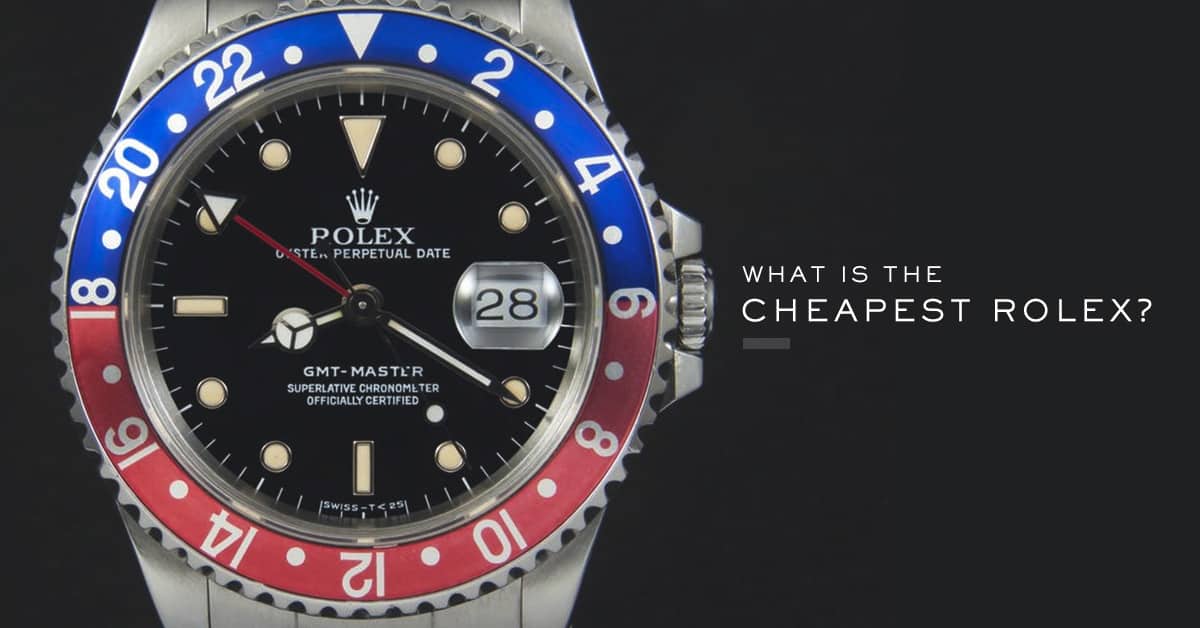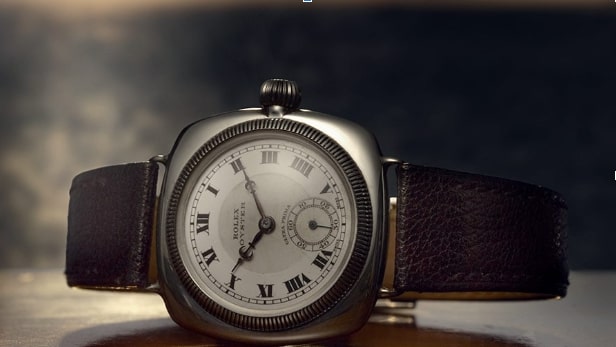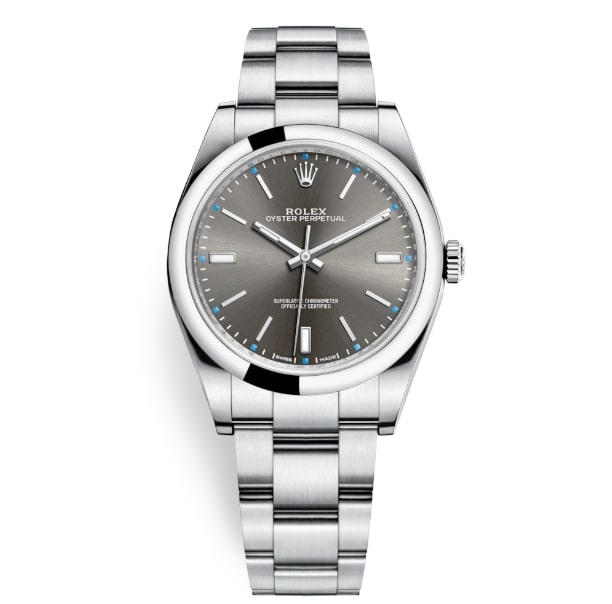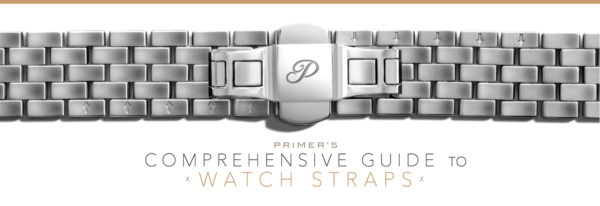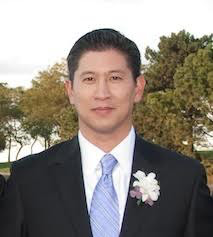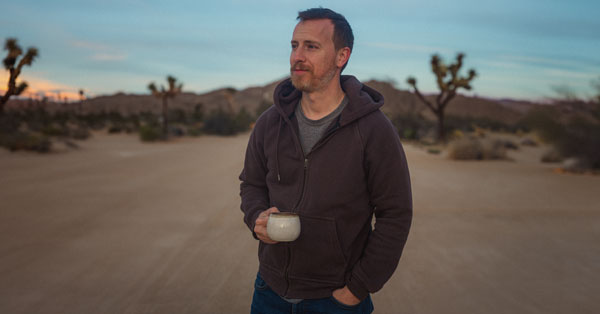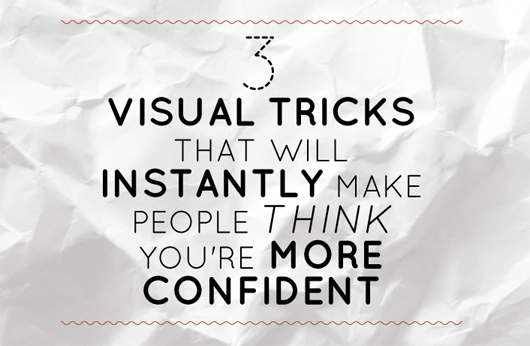Ask anyone on the street the name of a luxury watch brand, and nine times out of ten you’ll hear “Rolex”. The Swiss watch brand has become synonymous with luxury and quality and has the kind of cache most brands of any kind of product would kill for.
But it hasn’t always been this way, and Rolex really did both have to find their way, as well as find a bit of luck to get where they are today. Founded way back in 1902 by Hans Wilsdorf, Rolex has grown from its humble origins to create a high-quality wristwatch (instead of then ubiquitous pocket watches) into one of the most powerful product brands in the world.
So why is Rolex so renowned, and how did it reach such stratospheric levels of recognition? The answer is multi-faceted, and Rolex’s history is rife with developments, tradition, brilliant marketing, and legendary stories to undergird its reputation today.
Here are some major milestones and history-making events by the brand:
- 1910 – Rolex becomes the first wristwatch to obtain the illustrious and strict Swiss Certificate of Chronometric Precision
- 1926 – Rolex creates the world’s first waterproof and dustproof wristwatch, the Oyster. The following year, it was used by a swimmer crossing the English Channel for 10 hours and emerged in perfect working condition.
- 1931 – Rolex creates the world’s first self-winding automatic movement with a perpetual rotor, the Oyster Perpetual, considered the father of the modern automatic movement.
- 1945 – The Rolex Datejust becomes the first automatic wristwatch to have a date window.
- 1954 – The Rolex GMT-Master is the first wristwatch to display two time zones.
- 1956 – The Rolex Day-Date is the first watch with both the day and date displayed on the dial.
- 2007 – Rolex introduces the Ring Command bezel on the YachtMaster II that has both a countdown timer and timing functions thanks to its connection to the case and the movement.
What is the Cheapest Rolex New?
New Rolexes can range from $5,050 for their most affordable model all the way up to nearly $400,000 for a bejeweled white gold timepiece. Most traditional Rolexes fall between $7,000 and $40,000, and that’s still more expensive than most average humans want to spend.
Looking for a more affordable watch option? Check out Horological Hierarchy: The Best Watch Brands by Price
Why are Rolex Watches So Expensive?
So, why the high price point? Well, Rolex watches are typically crafted far better than most wristwatches, and the company subjects them to rigorous testing that allows so many of them to qualify for the COSC certification. COSC stands for Contrôle Officiel Suisse des Chronomètres, a certification that requires fifteen days of ISO (International Organization for Standardization) standards-based testing for movement accuracy and resilience. Not every watch, therefore, is a chronometer since it has to pass COSC testing and obtain the certification. Technically speaking, a chronometer is a timepiece engineered to be accurate in certain conditions like motion, temperature changes, humidity, and air pressure. Rolex is one of the few brands that produce thousands of watches every year that pass this painstaking level of testing.
The materials Rolex uses also set them apart. Whereas most stainless steel watches utilize high-quality 316L stainless steel, Rolex switched over all of their stainless steel watches to more corrosion and rust-resistant 904L in 2003. Not only is 904L steel more resistant to chemicals and salt water, it can be polished to a higher sheen and machined to more exacting standards, giving their steel watches a look and feel that set the brand’s models apart.
Rolex also happens to be one of the few watchmakers that manufactures its own in-house movements, a monumental task that requires time, money, and serious know-how. Whereas most watchmakers order their movements from ETA SA Manufacture Horlogère Suisse and then modify them, Rolex makes every component of the movement in-house, including the mainspring, escapement, and the balance wheel.
Regarding the balance wheel, which comprises the heart of the movement, Rolex uses a special alloy known as Glucydur (made of beryllium, copper, and beryllium bronze iron), which is highly resistant to temperature changes and magnetic fields. It’s just another example of the lengths to which Rolex goes to ensure excellent timekeeping and top-notch quality.
While the movements aren’t as complex or artful as other premium watchmakers’ movements, Rolex’s in-house movements are famous for their accuracy, reliability, and longevity. They are widely considered impressive workhorse movements, a testament to the quality Rolex imbues in every watch. It would be easier to farm out the movements and just tweak them to their liking, but Rolex takes the hard route and cements their stellar reputation in the process.
How Much is a Used Rolex?
Once ridiculed as watches purchased by those with money and very little to no horological knowledge, Rolex has lucked out of late since vintage watches have commanded serious money. And Rolex is widely known as one of the few watch brands whose models hold their value or appreciate in value, depending on which version it is.
Most notable are the Day Date, Submariner, Yacht-Master, GMT Master, and the famous Daytona chronograph. In fact, the most expensive wristwatch ever sold at auction isn’t a Patek Phillippe or a Vacheron Constantin but Paul Newman’s 1968 Rolex Daytona Ref. 6239, which commanded a whopping $17.75 million in 2017. Of course, a considerable part of the value was the watch’s provenance but the fact that it was a Daytona model also made a difference.

Paul Newman’s auction record setting Rolex Daytona
But if you’re in the market for a Rolex, the asking price won’t even come within the galaxy of the ballpark that timepiece is in. So, what does a Rolex actually cost? Well, the answer isn’t a simple one since they currently offer fifteen different watch lines and permutations of each one, as well as a litany of vintage models that are available for sale from reputable jewelers, as well as online outlets such as Hodinkee, Crown and Buckle, StockX, and Tourneau.
But if you were in the market to purchase the most “affordable” model, we’d steer you toward the 2016 Rolex Explorer in stainless steel, Reference 214270 ‘MKII', which runs about $6,550 retail.

Rolex Explorer
Now, it’s not the cheapest Rolex you can buy. That title is held by the rather diminutive 34mm Rolex Oyster Perpetual. The Explorer 214270 was upsized in 2010 to a more universal 39mm, which looks just about perfect on any size wrist, short of Andre the Giant’s. The Explorer can adeptly go between dress and sport and look perfect at both thanks to a clean black dial, excellent proportions, and some of the best markers and numerals in the business. $6K+ for a watch seems like an astronomical amount (and it is for most men in our age bracket), but consider the fact that it will probably be the only watch you will ever need for the rest of your life – as well as your kid’s and grandkid’s.
Perhaps the best way to buy a Rolex is to purchase a pre-owned one with box and papers. In case you think finding one on eBay is the way to go, think again. The market is rife with fakes and grey market watches (where serial numbers have been removed and possibly cheaper parts swapped in). Look for well-known sellers online, as well as licensed Rolex dealers who will sell you the real deal. Just don’t look for bargains because, in the world of fine watches, those don’t really exist. If you’re looking to buy a well-maintained Rolex in excellent condition, you’ll still pay thousands.
For example, a 2000s-age version of the aforementioned Explorer 39mm will cost about $5K in excellent pre-owned condition. But you’ll still save yourself over a grand versus purchasing new, and you’ll still get a timepiece that’s serviceable by Rolex (as long as they can verify that it’s authentic and it’s no older than 20 years due to limits on parts availability) and one that will probably outlast you.
So, at the end of the day, the question remains.
Should you buy a Rolex?
Our advice would be to factor in all the important aspects of the brand including quality, historical significance, technical specifications, and value. If brand cache is important to you, that one’s a no-brainer since Rolex now garners tremendous respect as a brand and in watch circles. But we’d caution you to become educated in which Rolex is right for you rather than just purchasing for the sake of image. Love diving and watersports? Go with a Submariner. Travel often? Consider a GMT-Master II.
Be thoughtful with your purchase and consider if you will wear it every day. It should be classy but versatile, comfortable and attractive. Keep in mind that you have to look at it daily, so it should stir something in you that’s special. Though the asking price is high, what you’ll get in return is an iconic timepiece that you can pass down to your son (or daughter) and one that you can rely on day in and day out from now until the end of your days.
Essential Reading
Check out Primer’s complete guide to watch straps that breaks down the different common designs, and a few you may not have heard of. Then read Horological Hierarchy: The Best Watch Brands by Price for a number of options if the whole Rolex price thing didn’t work out.



